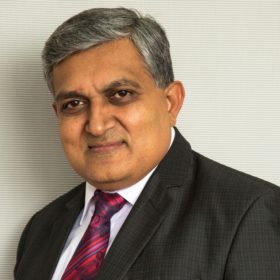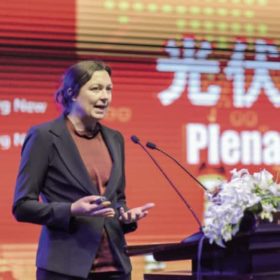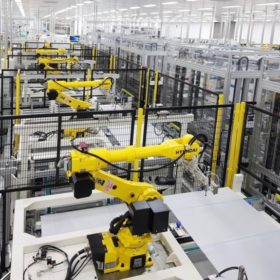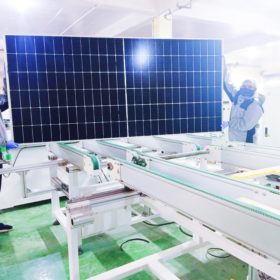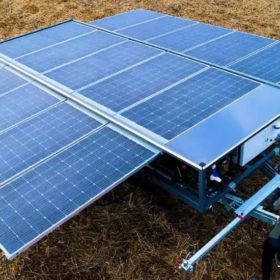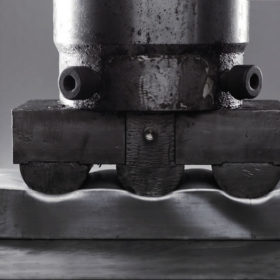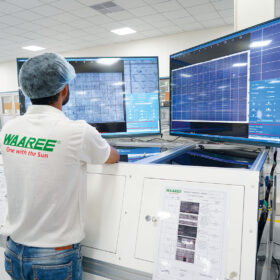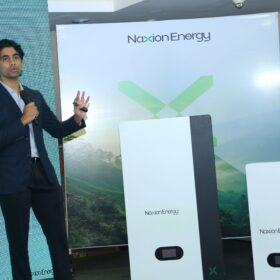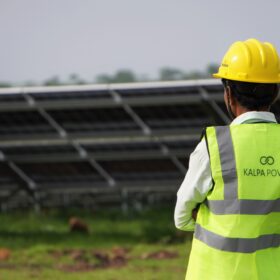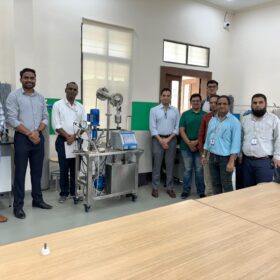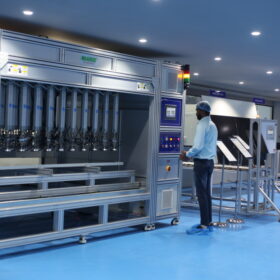Solar manufacturers request early allocation of INR 19,500 crore boost to PLI Scheme
All stakeholders are expecting the Indian Renewable Energy Development Agency Limited (IREDA) to expedite and issue letters of award to balance companies that have bid under the production-linked incentive (PLI) scheme for solar. Most players have already acquired land and some have even done the land development work and basic construction in anticipation of the award pending for the last three months.
Tapping the off-grid solar market in India
Ashutosh Verma, founder of solar appliance manufacturing company Exalta India, says the key to increasing the uptake of solar products in rural areas lies in improving the access to finance, infrastructure to retain the technology, and awareness on usage.
‘Solar and wind deployment could not now be stopped if we wanted to’
BloombergNEF’s Jenny Chase has surveyed the state of affairs in world solar for clean energy journal Joule and said the technology’s historic ability to surmount obstacles – and persistently confound analysts’ predictions – should offer a reason for hope.
Hyundai enters heterojunction PV module business
Hyundai wants to use a partnership with South Korean PV equipment supplier Jusung Engineering to commercialize solar modules based on 24.45%-efficient heterojunction solar cells.
How solar installations can benefit real estate developers
For real estate developers, now is the best time to install a solar energy system in their projects because solar rebates, tax credits, and incentives are at all-time highs. At the same time, a solar energy system may help them prepare for tomorrow’s specific difficulties while also saving money now.
Saatvik Solar doubles module capacity to 1GW with new fab
The Indian solar manufacturer’s new facility in Haryana is equipped to make mono PERC, half-cut, multi-busbar technology, to produce high-efficiency PV modules with 530-610Wp of power output.
US government extends Section 201 tariffs on imported PV panels, cells
The Biden administration has upheld an exclusion for bifacial panels in its new extension of Section 201 tariffs, while ramping up the annual tariff rate quota for cells to 5GW.
Solar trailer for off-grid applications from France
Developed by French start-up Ecosun, the trailer is equipped with 15 solar panels with output of 360 W and batteries with a storage capacity of 23 kWh. It can be used for construction sites, military camps and water pumping systems.
Additional PLI funds will push solar sector to achieve 2030 target
India should not just rely on solar equipment imports but also promote domestic manufacturing to ensure an uninterrupted march to its 280 GW target of installed solar power capacity by 2030. The budgetary allocation of an extra INR19,500 crore (US$2,602 million) to the production-linked incentive scheme for solar provides the much-needed impetus for domestic production, say GlobalData analysts.
India’s annual lithium battery market will reach 116 GWh in eight years
The annual demand for lithium-ion batteries in India will reach 116 GWh in FY 2029-30, with electric vehicles (EVs) accounting for 90%.
